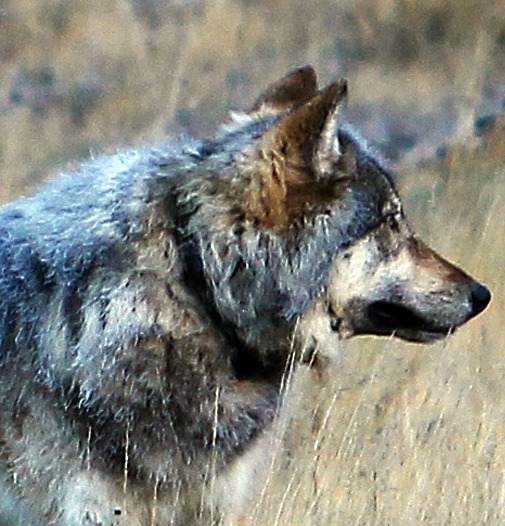
Rare female grey wolf travels hundreds of miles to Grand Canyon in Arizona
A rare female grey wolf from the Northern Rockies in America travelled hundreds of miles into northern Arizona, marking the species’ first appearance in the region in more than 70 years and the farthest journey south, wildlife officials confirmed Friday. A wolf-like animal had been spotted roaming the North Rim of the Grand Canyon and the adjacent national forest since last month. Biologists collected its scat and sent it to a University of Idaho laboratory for testing, verifying what environmentalists had suspected based on its appearance and a radio collar around its neck. Biologists do not know the wolf’s age or from where it travelled, because the radio collar was not transmitting a signal, and cold weather forced biologists to suspend efforts to capture the animal and replace the collar. The Idaho lab might be able to glean more details about the wolf from its DNA, but U.S. Fish and Wildlife spokesman Jeff Humphrey said that could take several weeks or months.
We’ll let this wolf be a wolf where it’s at, and if it decides it’s going to move back north, it can do that. Or if somebody joins her, then that’s nature taking its course.
Jeff Humphrey, spokesman for U.S. Fish and Wildlife
About 25 percent of the roughly 1,700 wolves from the Northern Rockies are being tracked, wildlife officials said. They are distinguished from the Mexican gray wolves found in the Southwest by their more full bodies and less pointed ears. Mike Jimenez with the Fish and Wildlife Service in Wyoming said Northern Rockies grey wolves are hard-wired to disperse and have travelled hundreds of miles. One young female started off in Montana and traveled 3,000 miles over six months, making stops in Wyoming, Idaho, Utah and Colorado before it died, he said. Colorado had been the farthest journey south for the animals until the female was confirmed in Arizona, he said.
It’s looking for love. It leaves the core population and doesn’t know the love of its life is going to be right over the next hill, so it just keeps travelling.
Ed Bangs, who led recovery efforts for wolves in the Northern Rockies over two decades before retiring from the Fish and Wildlife Service in 2011

Americas